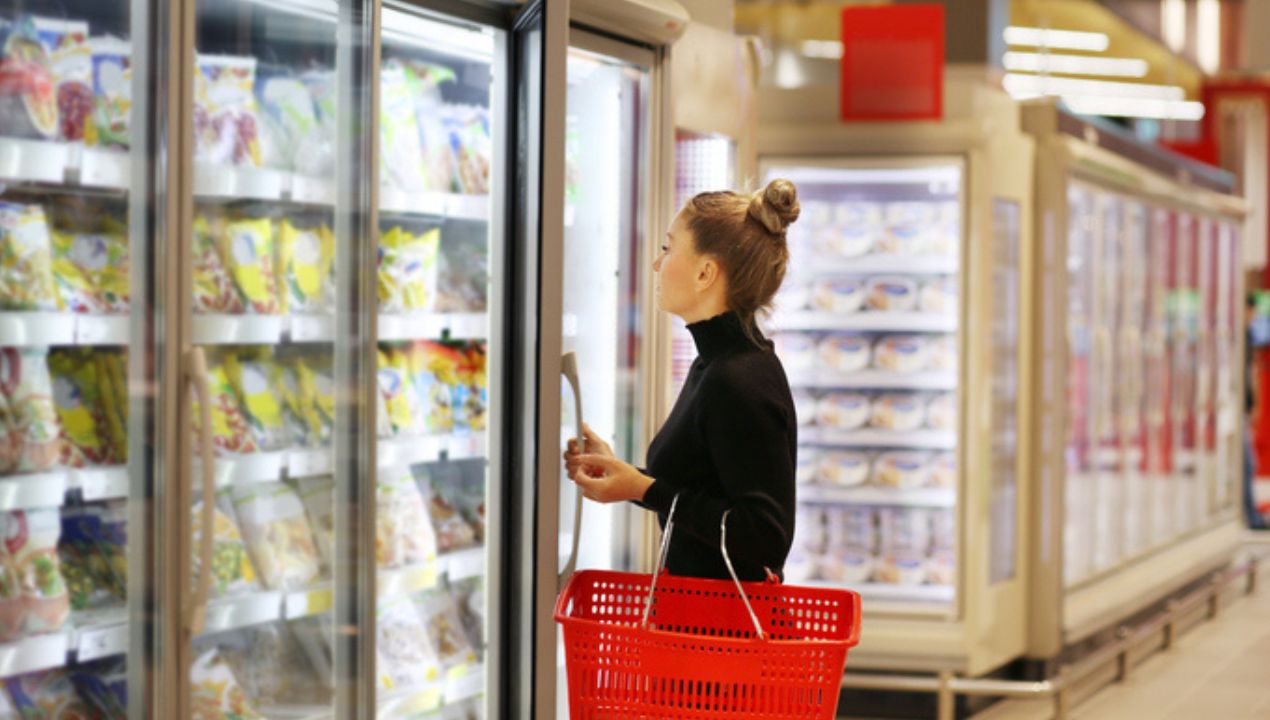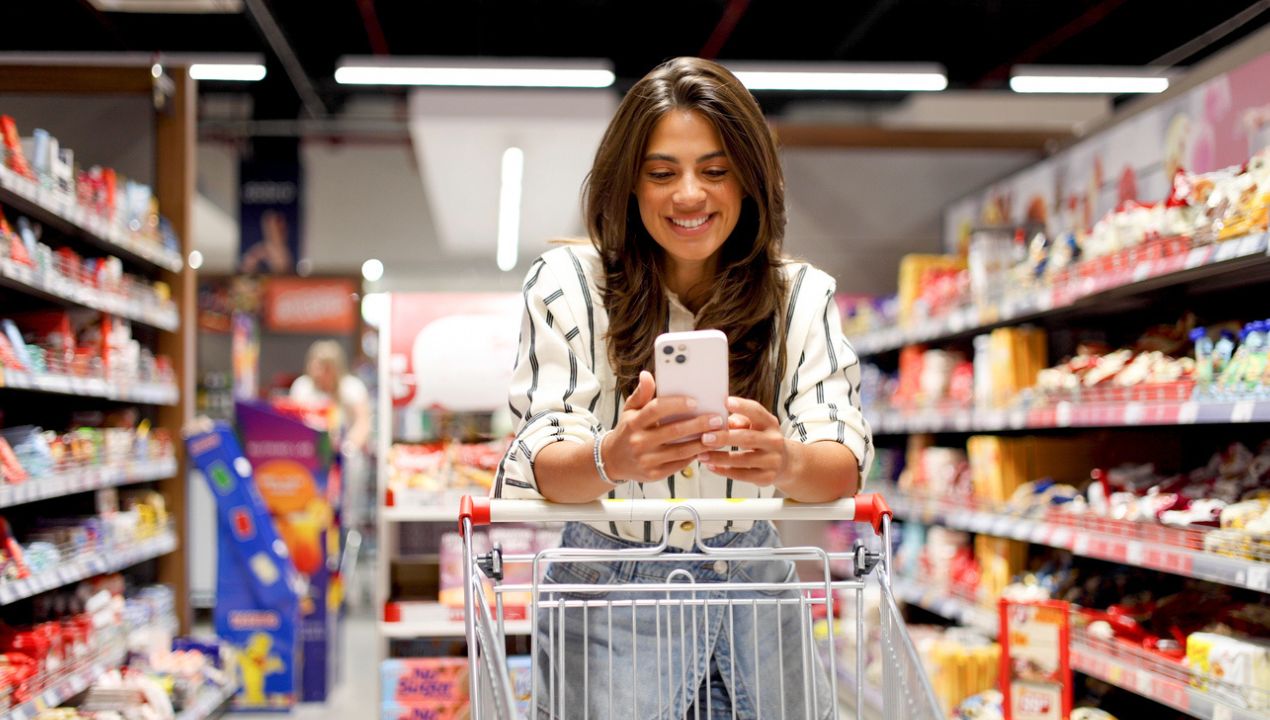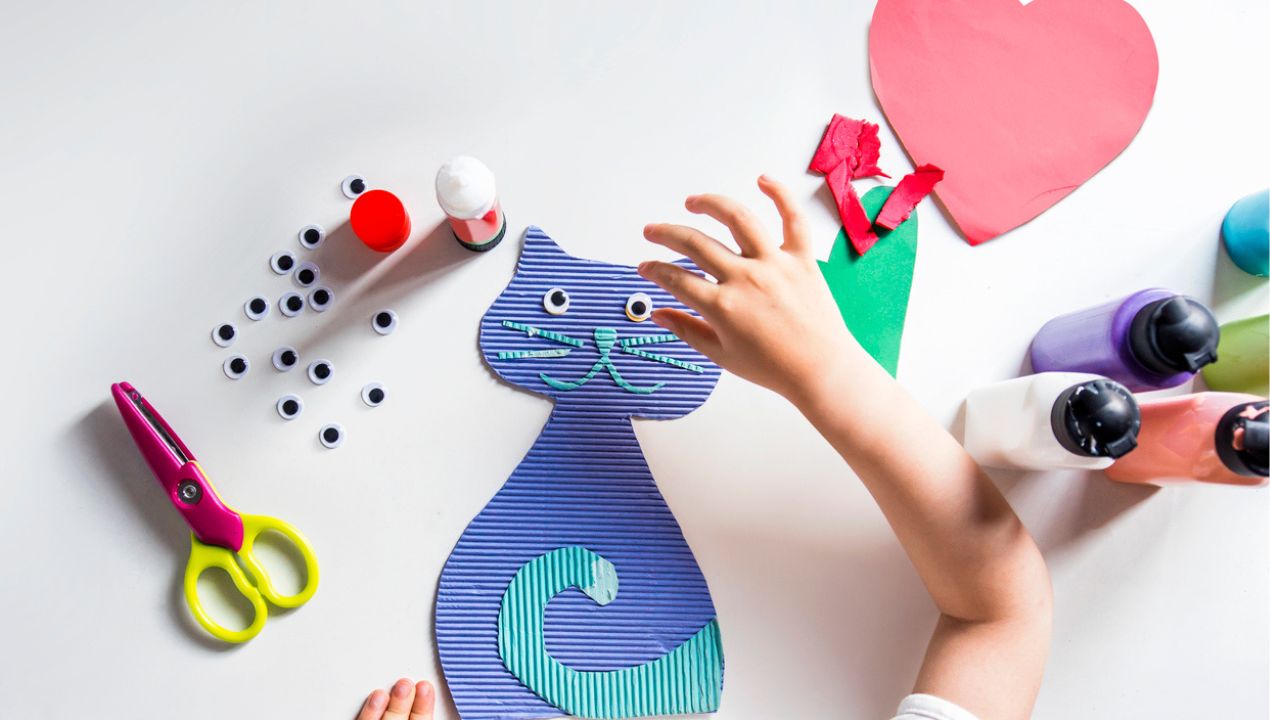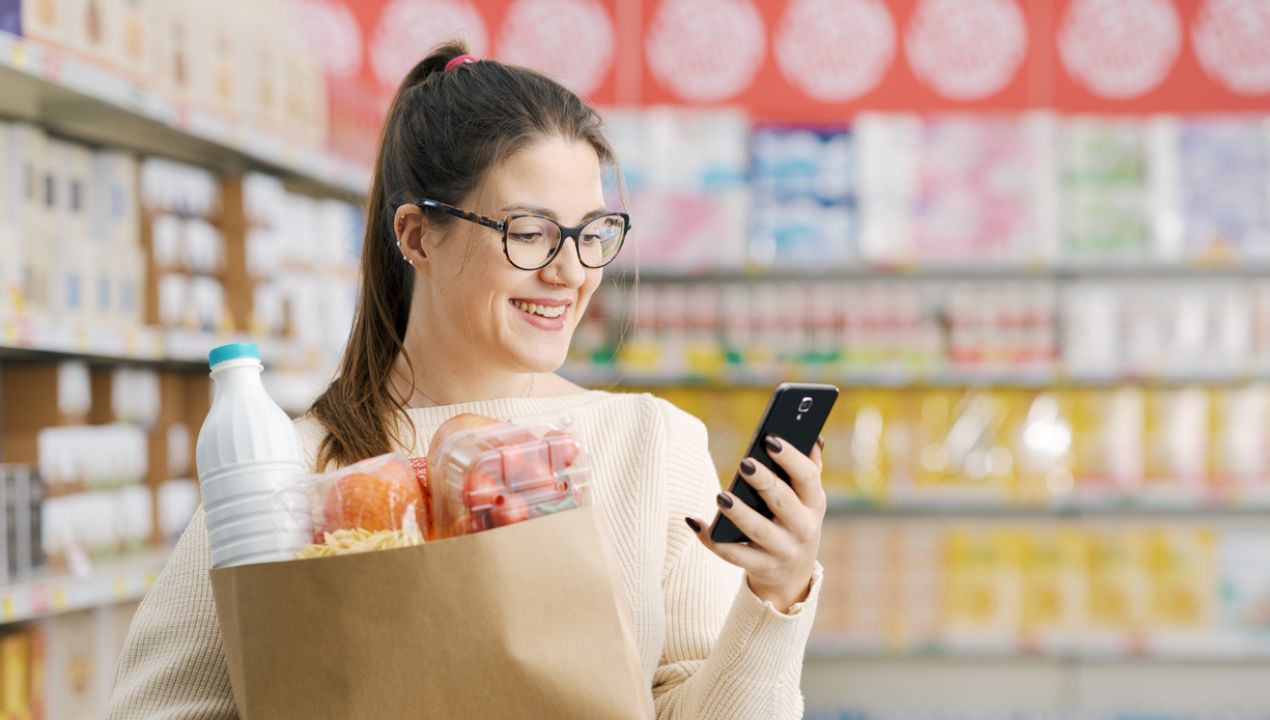Shopping with friends is already a great way to bond — but what if you could make money while doing it? Good news: you can. And the best part? It doesn’t have to take the fun out of your favorite pastime.
Whether you’re running errands or enjoying a day at the mall, these three tried-and-true methods can help you turn shopping into a rewarding experience — literally.
1. Become a Mystery Shopper
Mystery shopping is a long-standing way to earn extra cash while doing what you already love. As a mystery shopper, you’ll visit specific stores and evaluate everything from customer service to cleanliness, then report your experience in exchange for payment.
You can find gigs on mystery shopping websites or apps, though they vary by location and store. Some may require more detailed feedback, while others are short and simple. The trade-off? You might not always get to visit your favorite retailers. But if you enjoy writing reviews and observing details, it’s worth exploring.
2. Shop for Others
Apps like Instacart and Shipt make it easy to earn money by shopping for people who can’t (or don’t want to) do it themselves. As a shopper, you’ll receive orders, pick up groceries or essentials, and deliver them to the customer’s doorstep.
Want to make it social? Team up with a friend and tackle orders together — it’s a great way to spend time while making money. Just be prepared for a little hustle, especially during busy times.
3. Use Shopkick to Earn Rewards With Every Trip
Looking for the easiest way to earn while you shop — with zero extra work? That’s where Shopkick comes in.
With the Shopkick app, you can earn points (called kicks) for everyday actions like:
-
Walking into stores
-
Scanning product barcodes
-
Making purchases and submitting receipts
-
Shopping online through the app
You can then redeem your kicks for free gift cards to places like Target, Walmart, Amazon, Starbucks, and more. No need to take on a side gig — just keep doing what you already do, and let the rewards roll in.
And yes, it’s even more fun with friends. Compare kick counts, swap scanning tips, or turn your next trip into a scavenger hunt to see who can earn the most!
Make Every Shopping Trip Count
Whether you’re mystery shopping, running errands for others, or simply scanning barcodes at your favorite store, there are so many ways to earn while spending time with friends.
The easiest place to start? Download Shopkick for free and start earning kicks today — no special gig required.












